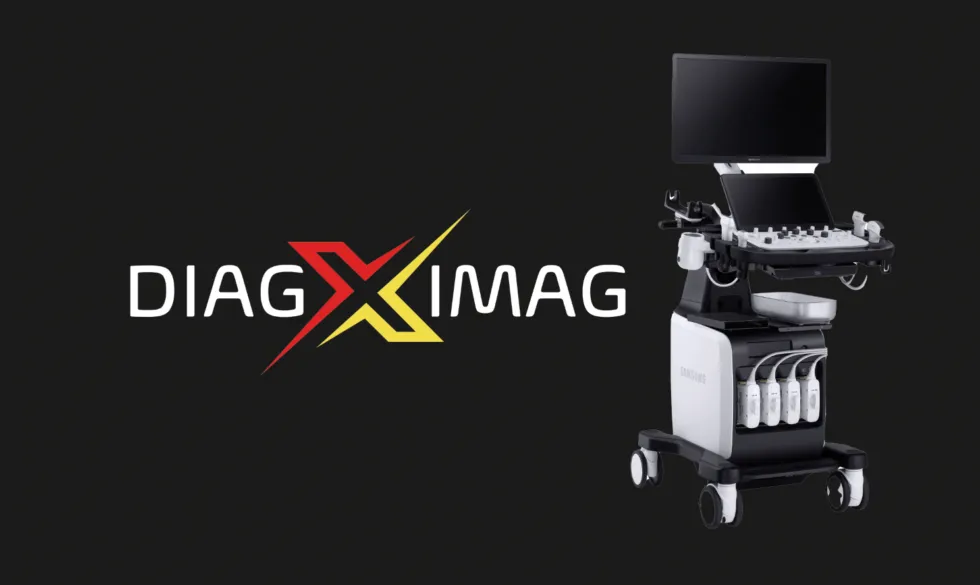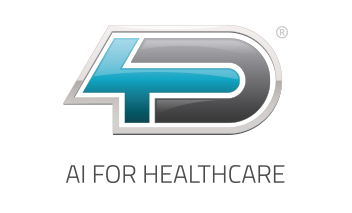
Substrate AI, through its Asturian subsidiary Diagximag, awarded a 1.4 million euro public contract by the SESPA
In the first half of 2024, the Health Service of the Principality of Asturias (SESPA) awarded to Diagximag a contract valued at 1.4 million euros for the supply of 54 state-of-the-art ultrasound scanners for the Asturian public health system.. Diagximag, of Asturian origin, is the subsidiary company of the 4D Medica company that belongs to the Substrate AI group. Last Monday, September 30, the final handover of the ultrasound scanners was signed, marking a milestone for the modernization and digitalization of the health system in the region of Asturias.
New ultrasound scanners with advanced technology and artificial intelligence
The new equipment was delivered between July and August 2024 and is characterized by a advanced technology and be equipped with artificial intelligence. The Samsung AI-enabled ultrasound scanners have pioneering technology through their Sonosync functionwhich allows radiologists to using the ultrasound scanner remotely. In this way, professionals can use the equipment from their own home, as if they were physically present at the medical center itself. This represents a breakthrough in telemedicine, as it facilitates fast and accurate diagnoses regardless of the specialist's location.
With this project, Substrate AI reaffirms its commitment to digital transformation and artificial intelligence applied to healthcare. A new step that leads them to consolidate their position as a benchmark in cutting-edge technological solutions.
About Substrate AI
Substrate AIa company listed on BME Growth, is leader in the development of artificial intelligence technologies applied to different industrieswith a special focus on health. Through its subsidiaries Diagximag and 4D Medica, Substrate AI is committed to innovation and the improvement of essential services through the implementation of AI-based solutions.
